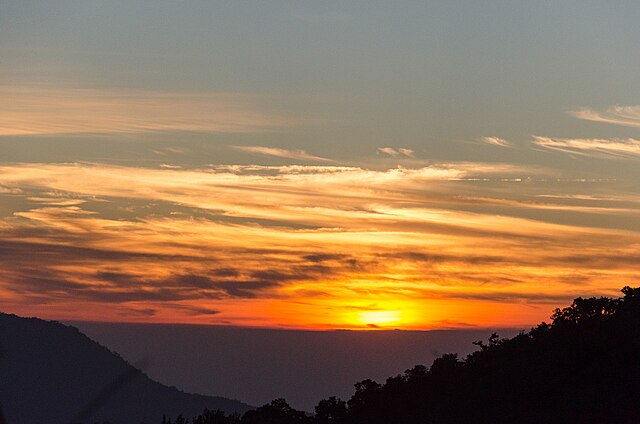Ever wondered what makes the Western Ghats and Eastern Ghats so important to India’s geography and environment? These mountain ranges are not just elevated lands—they’re treasure troves of biodiversity, culture, and natural beauty. Let’s dive deep into their differences in a fun, informative, and conversational way!
What are the Ghats?
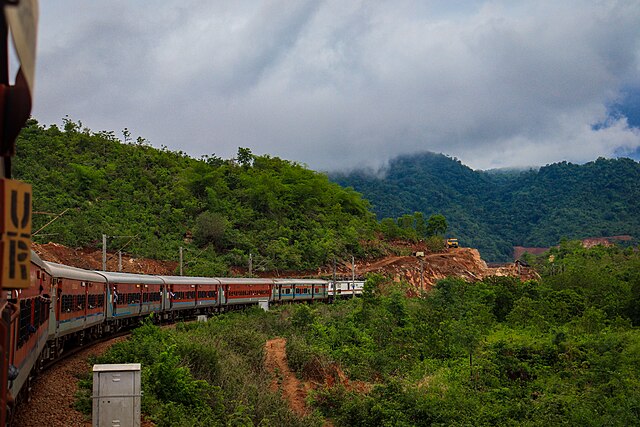
Meaning and Origin of the Word “Ghat”
The word “Ghat” in Sanskrit means a mountain pass or a series of steps leading to water. In the context of Indian geography, it refers to long mountain ranges running parallel to the coastline or riverbanks.
Importance of the Ghats in India
Both Western and Eastern Ghats are crucial to the country’s climate, biodiversity, agriculture, and even cultural heritage. They form the backbone of peninsular India’s topography.
Overview of Western Ghats
Geography and Location
The Western Ghats stretch from Gujarat to Kerala, hugging the western coast of India. They pass through Maharashtra, Goa, Karnataka, Tamil Nadu, and Kerala, forming a continuous range parallel to the Arabian Sea.
Climate and Weather
Because of their location, the Western Ghats receive heavy rainfall, especially during the monsoon. It’s cooler, misty, and lush almost all year round—think of it like nature’s own air conditioner.
Biodiversity in the Western Ghats
This region is a biodiversity hotspot. It houses over 7,400 species of plants and animals—many of which you won’t find anywhere else on Earth! From majestic tigers to shy tree frogs, it’s a wildlife wonderland.
Cultural and Economic Importance
Home to ancient temples, spice plantations, and tribal cultures, the Western Ghats have shaped civilizations. Economically, they’re rich in forest produce, hydropower, and tourism potential.
Overview of Eastern Ghats
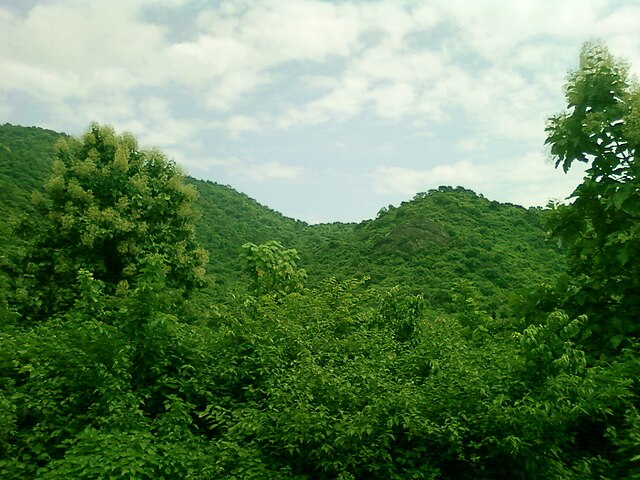
Geography and Location
Unlike their western counterpart, the Eastern Ghats are a chain of discontinuous hills that run parallel to the Bay of Bengal. They pass through Odisha, Andhra Pradesh, Telangana, Tamil Nadu, and parts of Karnataka.
Climate and Weather
The Eastern Ghats receive less rainfall compared to the Western Ghats. Summers can get pretty hot, and winters are usually mild.
Biodiversity in the Eastern Ghats
Though not as rich as the Western Ghats, the Eastern Ghats still support a variety of flora and fauna, including endangered species like the Jerdon’s courser and Indian pangolin.
Cultural and Economic Importance
They’re rich in minerals and have a strong tribal presence. The region is home to sacred groves and pilgrimage centers, blending nature with spirituality.
Key Differences Between Western Ghats and Eastern Ghats
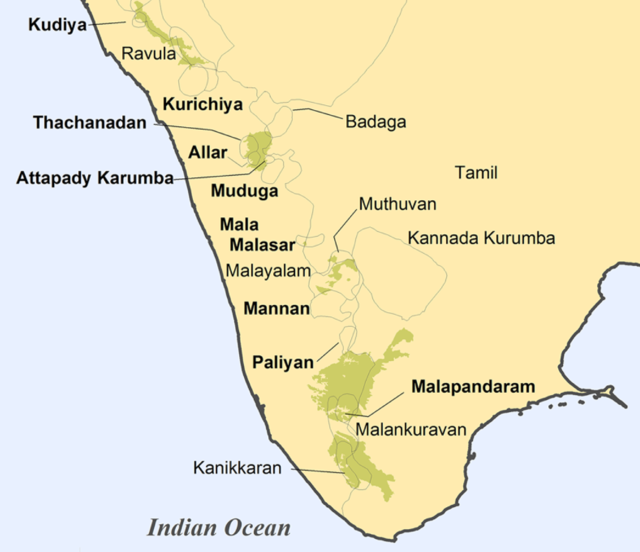
Location and Orientation
-
Western Ghats: Run north-south along the western coast.
-
Eastern Ghats: Run north-east to south-west, closer to the eastern coast.
Elevation and Continuity
-
Western Ghats: Higher, more continuous (average height 900–1600 meters).
-
Eastern Ghats: Lower, broken into patches (average height 600 meters).
Biodiversity and Conservation Status
-
Western Ghats: UNESCO World Heritage Site with dense, evergreen forests.
-
Eastern Ghats: Not yet a UNESCO site; less dense forests but still ecologically significant.
Rainfall and Climate
-
Western Ghats: Receives heavy rainfall—up to 2500 mm/year.
-
Eastern Ghats: Comparatively drier, around 1000–1500 mm/year.
Human Impact and Development
-
Western Ghats: Faces deforestation, mining, and habitat fragmentation.
-
Eastern Ghats: Suffering from quarrying, agriculture expansion, and urban sprawl.
Why the Western Ghats Get More Attention
It’s simple—bigger, richer, and wetter! Their biodiversity is unparalleled, and they play a major role in regulating the monsoon. Plus, their scenic beauty is a magnet for tourists and conservationists alike.
Role in Indian Monsoon and Rivers
Source of Major Rivers
Both Ghats are the birthplace of many rivers, but the Western Ghats steal the show with rivers like the Godavari, Krishna, and Kaveri originating here.
Influence on Monsoon Winds
The Western Ghats act like a wall, forcing the southwest monsoon winds to rise, cool, and pour down rain. That’s why the western side gets drenched while the eastern side stays relatively dry.
Environmental Concerns and Conservation Efforts
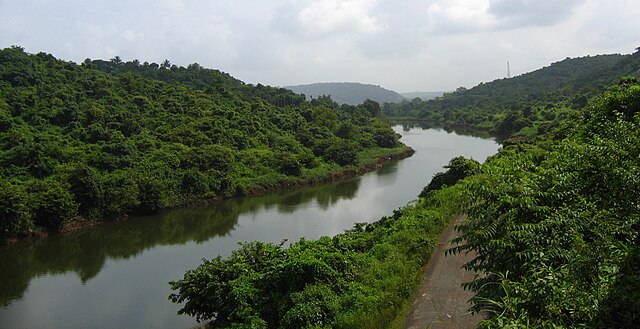
Threats to the Ghats
Urbanization, deforestation, and illegal mining are eating away at these ecological treasures. The delicate balance is tipping—and fast.
Conservation Projects and UNESCO Status
The Western Ghats gained UNESCO recognition in 2012. Conservationists are now pushing for greater protection for the Eastern Ghats as well. Various NGOs and state governments are working on afforestation and wildlife corridors.
Conclusion
So, Western Ghats or Eastern Ghats—which one wins? Truth is, both are unique, beautiful, and irreplaceable in their own way. One may be taller, greener, and more famous, but the other holds its own charm and ecological value. Understanding their differences helps us appreciate them better—and hopefully, protect them for generations to come.
FAQs
1. Why are the Western Ghats called a biodiversity hotspot?
Because they house thousands of species found nowhere else on Earth. It’s like nature’s VIP section!
2. Which is older: the Western Ghats or the Eastern Ghats?
The Eastern Ghats are geologically older, but the Western Ghats are more intact and continuous.
3. Can you visit both Ghats as a tourist?
Absolutely! The Western Ghats are famous for hill stations like Munnar and Ooty. The Eastern Ghats offer spiritual getaways and tribal tourism.
4. What are the main threats to the Ghats?
Deforestation, mining, urbanization, and climate change are major concerns for both Ghats.
5. Are the Ghats home to any endangered animals?
Yes! Tigers, leopards, Indian elephants, and several rare birds and reptiles call the Ghats their home.

